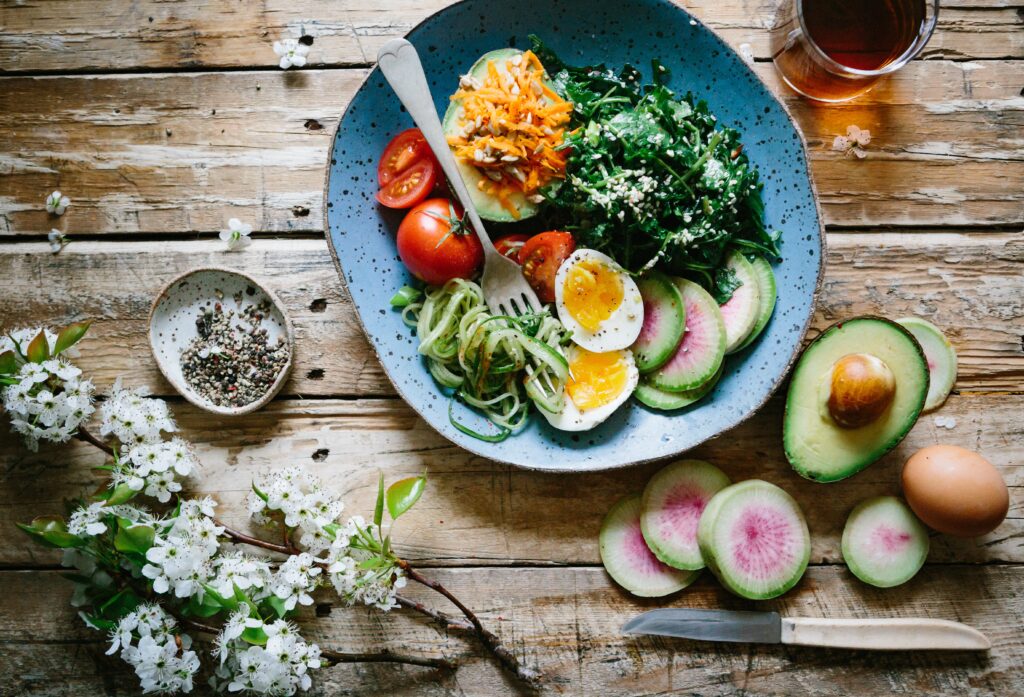How to safely navigate roundabouts
By Andrew DemackRoundabouts are one place in Australia’s road environment where the desire to enable the f...
Australia’s Physical Activity Guidelines recommend that we’re active on most, preferably all, days of the week. With that in mind, it’s incredibly important to consider how we fuel and hydrate our bodies. So, are nutrition and hydration important when you exercise?
There are three key macronutrients that make up the foods that we eat, all of which are essential in a healthy, balanced diet. These macronutrients are carbohydrates, protein and fat. Each of these macronutrients provides us with energy and plays a crucial role in the body through a wide variety of important functions.

Carbohydrates are the body’s preferred source of energy, especially for the brain. Dietary fibre is a type of carbohydrate and is responsible for keeping the digestive system healthy by supporting gut health and bowel health. Protein is responsible for building and repairing the muscles and tissues in the body, while fats are used in the body as an energy source. They store and transport fat-soluble vitamins and also play a crucial role in hormone production.
What might be a surprise is the importance of water. Water is essential for most of our body’s functions such as regulating body temperature and blood volume. As water can’t be stored in the body, it needs to be regularly replenished to make up for losses through sweat and other functions.
Related: Top tips for healthy eating
Each of these macronutrients can aid in maximising our performance when we are physically active. The amounts of these nutrients that we need is unique to each person and will depend on the type and the intensity of the exercise that we do.
| Carbohydrate-rich Foods | Protein-rich Foods | Fat-rich Foods |
| – Starchy vegetables, including legumes/beans – Fruit – Grain (cereal) foods, such as breads, cereals, rice, pasta, noodles, polenta, couscous, oats, quinoa and barley – Milk and yoghurt | – Lean meats and poultry, fish, eggs, tofu, nuts and seeds, and legumes/beans – Milk, yoghurt and cheese | – Choose unsaturated (healthy) fats like avocados, nuts and seed, olives, cooking oils made from plants or seeds, fish – Avoid saturated (unhealthy) fats like butter, coconut oil, processed meats, cream, ice cream, processed foods |
When considering nutrition and hydration strategies surrounding exercise, it can be useful to think about three windows of opportunity: before, during and after exercise. Each of these time points is occasions to fuel and hydrate our bodies. With that being said, the intensity and timing of exercise can significantly influence our nutrition and hydration needs.
Written by Carly Booth, Accredited Practising Dietitian from Nutrition Australia Qld, a non-profit, community nutrition organisation that provides education, support and training to shape the health and wellbeing of our community to make informed food choices.
By Andrew DemackRoundabouts are one place in Australia’s road environment where the desire to enable the f...
When Harriet Muir returned to Brisbane in 2023, the question looming over her was simple: to buy a car, or not to buy a car?<...
Bikes are at the heart of what a lot of Bicycle Queensland staff and members do. A bike can represent freedom, escape, sustai...
By Mike Blewitt Ground Effect are well-known for making versatile cyclin...